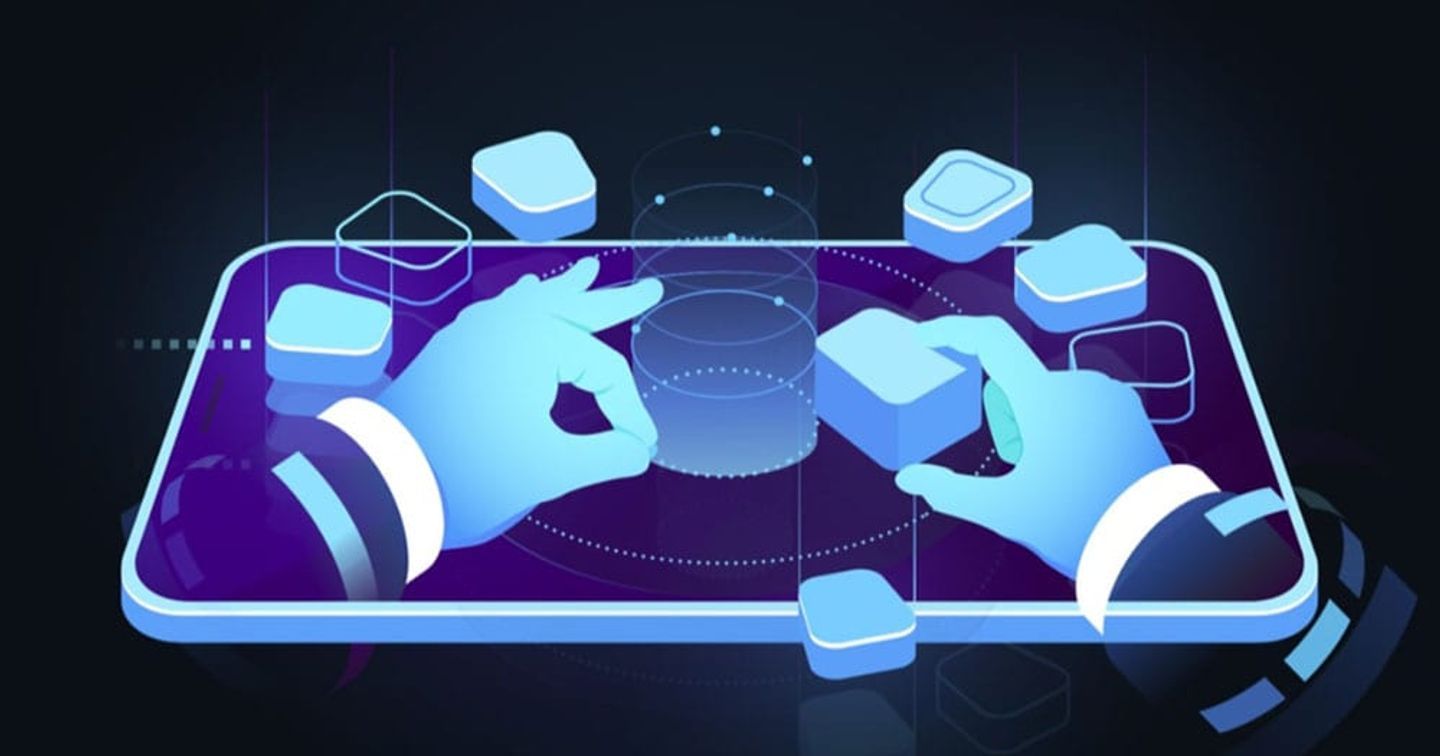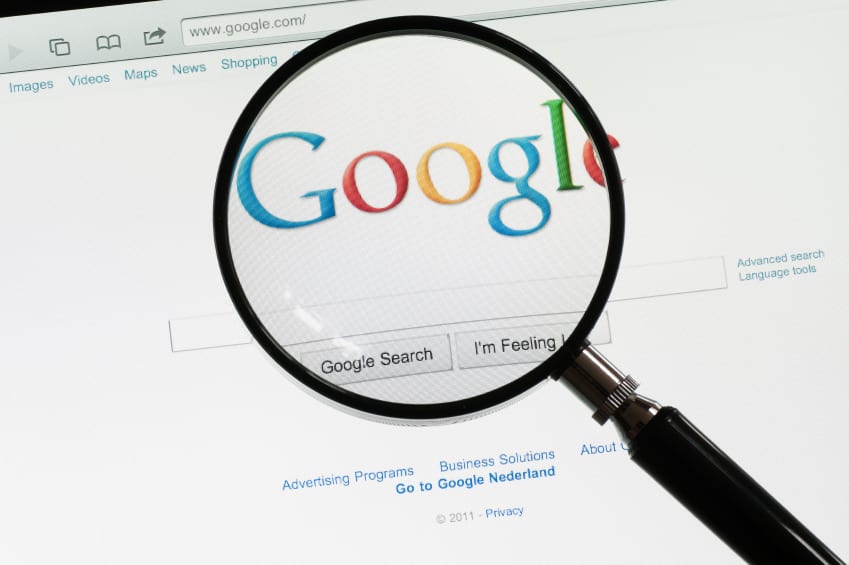Google recently partnered with Boston Consulting Group (BCG) to conduct an expanded study on APAC brands’ journey to digital marketing maturity. Here, Google’s Matt Brocklehurst shares highlights from the research, including one country with world-leading marketing best practices as well as what brand leaders can do to push their teams to the next level.
Back in October 2018, we challenged APAC brand leaders to assess whether they were ready to meet consumers’ rising expectations when it came to personalized online experiences. We had partnered with BCG on our first in-depth study into the steps brands can take, organizationally and technologically, to make the most of their data and achieve full digital marketing maturity.
In the study, we identified four levels of maturity a brand could sit under: Nascent, Emerging, Connected, and Multi-moment. In reality, though, achieving digital marketing maturity is an ongoing pursuit — breaking down silos, being organizationally agile, adopting the newest technology, and keeping up with latest regulations doesn’t have a finishing line.
With that in mind, we tasked ourselves with an even more in-depth study to help brands on their journeys toward full digital marketing maturity. We expanded the survey to over 180 brands spanning multiple industries in 10 countries — Hong Kong, India, Indonesia, Japan, Malaysia, Philippines, Singapore, Taiwan, Thailand, and Vietnam — and conducted more than 30 interviews with digital leaders within the region. Here’s what that expanded study revealed.
APAC — and global — brands can look to India for inspiration
Brands in emerging Asian markets previously had to look to more mature markets like Europe, North America, or, closer to home, Australia, for examples of best-in-class digital marketing. But our latest study showed the playing field is leveling out.
Across APAC, 35% of brands are in the connected and multi-moment stages, which is on par with marketing maturity levels seen in other markets around the world, including Europe. What’s telling is that India is the stand-out market, having the best average maturity level and the highest share of multi-moment companies we surveyed — 6% of Indian brands are consistently delivering dynamic, tailored online experiences.
After speaking with several Indian brands and marketing experts in the past few years, that’s not too surprising. More and more brands are pushing themselves to innovate to better engage the country’s growing online population. At the same time, a lot of Indian brands have been able to leapfrog into using the latest ad technologies by avoiding issues with legacy systems and data silos that larger, established companies commonly face.
First-party data is key to digital marketing maturity
One other finding from the study was loud and clear: many brands are stepping up their game to not only deliver personalized, relevant online experiences, but doing so in a privacy-safe way.
Having the ability to action first-party data — such as web and app transactions, demographics and audience interests, environmental signals, or CRM data — in marketing campaigns is a key trait in every mature brand we surveyed. Nearly 9 in 10 APAC brands consider first-party data as being very useful — or critical — to driving more effective marketing. All the multi-moment brands we surveyed use first-party data in most marketing campaigns consistently or very frequently, compared to only 30% of nascent brands.
KD Dizon, head of consumer mobile at Globe Telecom (Philippines) says, “First-party data allows us to make more relevant offerings to our customers and not simply adopt a blanket approach.” However, just 44% of brands believe they’re above average at using first-party data, so there is certainly an opportunity for brands to move higher on the maturity scale.
The benefits of achieving multi-moment maturity
Brand leaders have a huge opportunity to unlock new levels of success by taking a step back and identifying where their organizations can evolve. The top quartile of mature brands in our study have achieved an average 11% annual incremental revenue and 18% cost efficiency.
While the benefits of digital marketing maturity were consistent with previous studies, it’s intriguing to see what drives those benefits. For instance, transformation clearly starts at the top — brands with CEO sponsorship show 1.5X higher digital marketing maturity than brands with limited sponsorship. “Our top management sees the value of digital marketing, so they are willing to invest more budget,” said Lui Jimsun, Bupa’s head of digital marketing in Hong Kong.
Once they’ve bought into the necessity for achieving digital marketing maturity themselves, business leaders must ensure it trickles down to the rest of the organization. Doing so requires fostering an agile work environment by breaking down team silos, keeping communication open, and focusing everyone on the same goal.
Brands that adopt agile ways of working are up to 1.4X more digitally mature than brands that don’t. In India, Max Life Insurance’s Assistant Vice President of Digital Sameer Jain said, “Ever since we co-located teams based on an agile approach, we have doubled revenue impact. Daily stand-ups also allow us to test and learn rapidly.” The head of digital at Cathay Financial Holdings, Quincy Chen, shared that sentiment: “Our agile structure fosters a culture of strong collaboration between our marketing and product teams, which results in everyone working toward the same objective.”
Taking the next step forward
There’s a clear path for brands to progress on their journey to digital marketing maturity. But given the importance of first-party data and rising user expectations for privacy, some new factors need to be considered in 2020 and beyond— including complying with regulations, building a robust architecture to collect “clean” data, and advocating for a data-first mindset across the entire organization. Christina Lao, McDonald’s Philippines chief marketing officer, put it best: ’“The ways customers want to be reached is evolving. We have to be data-driven to respond to their needs and become a relevant brand in their lives.”
No brand can get to multi-moment maturity overnight — it’s an ongoing, ambitious undertaking. However, it’s encouraging to see that brands in APAC are increasingly reaching new heights and taking the right steps to deliver the personalized, privacy-safe experiences today’s consumers expect.
Credit: Google























